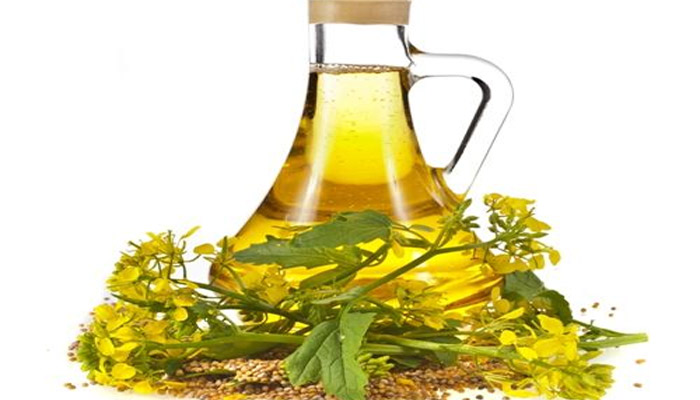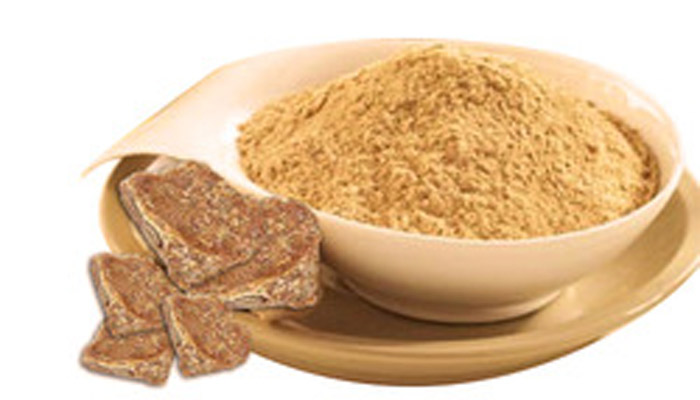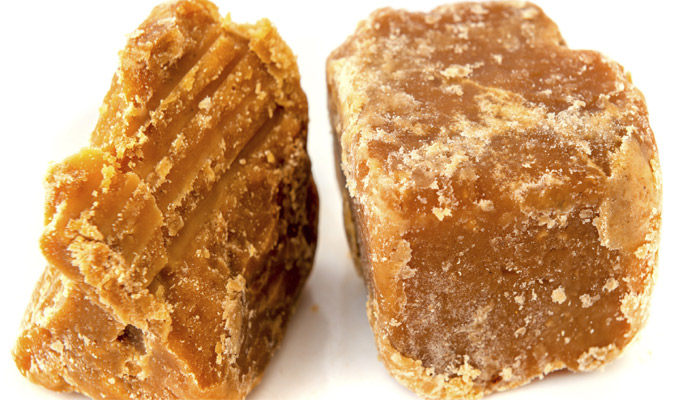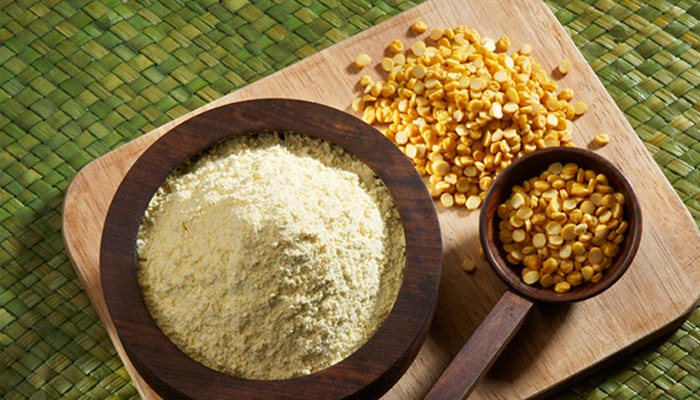TRENDING TAGS :
Ways to check whether the food is adulterated or not…?
In order to make a quick buck ,the food sellers are indulged in rampant practice of adulterating many food items whether it would be sweets, spices or vegetables.
Lucknow: In order to make a quick buck ,the food sellers are indulged in rampant practice of adulterating many food items whether it would be sweets, spices or vegetables.
Beware! Check before going to consume some common food items. For your safety and health , we are giving few simple methods by which you can ascertain the purity.
Adulteration in Green vegetables:

- First we are going to tell the different ways by which you can identify the adulteration in green vegetables. Milavtkhor use colours to show the freshness of vegetables. For checking its purity you can extract some vegetables for sample.
- Take a patch of cotton soaked in wax Paraffin and rub it on vegetables. If the green colour comes from the vegetable then you must understand that artificial colours were used for making it look fresh.
- Similarly, if you want to know the purity of tomato then you can apply the same method and if they were coloured then you will find red colour coming from it. Similarly, you can test the purity of red chillies also.
Mustard oil:

- Nowadays, mustard oil remains the most contaminated food stuff. The biggest reason is that the production of mustard oil is very less as compared to high consumption. In pursuit of higher profits Milavatkhor mix castor oil, mineral oil, organic oil and even mobil oil with mustard oil.
- If mustard oil and castor oil were mixed together then take a test tube and add about 3ml of mustard oil and then add 2 ml petroleum ether in it. 15 minutes later if it looks dirty then it is adulterated.
- Similarly, the mixture of dalda and coconut oil in mustard oil can also be examined.
- If the mustard oil and organic oil are mixed then for its purity check we can examine by pouring 3 ml mustard oil droplets mixed with 20 droplets of nitric acid in a test tube and keep it on slow flame for three minutes to warm up and if the mixture turns red is colour then understand that it is adulterated.
Checking asafoetida:

- Asafoetida (Hing) , an essential ingredient of Indian kitchens , may also be adulterated.
- For checking pure Hing take a test tube and pour 3ml of water with one piece of Hing. After this stir it slowly and if you found milky colour appearing from it then it is pure and if any other colour appears then it is not pure.
- Another method for checking its purity is that you can take tong and keep Hing inside it and hold it on fire if it burns very fast then it is pure and if the particle remains, consider it impure.
Jaggery (Gud) check:

- The shopkeepers use yellow colour on Jaggery to show pale colour instead of black so that they can get higher price for it.
- To test its purity take 5gm of Jaggery, 3ml of alcohol in a test tube and prepare a mixture.
- After this add 10 drops of hydrochloric acid in that mixture. If the mixture turns pink in colour then it means that it has been coloured with metallic colour.
Tea leaves:

- Tea remains the most popular drink today.Do you know that iron filings, leather filings and bitumen colour are the different mixtures used for adulteration in tea leaf powder.
- First we have to see that if iron filings are spread in it or not. To examine this, rotate a piece of magnet on tea leaves and if iron fillings sticks to the magnet than you can understand that it is a mixture.
- To examine the filings of the leather pieces keep burned piece of a paper on tea leaves and if leather smells then it means it is mixed.
- Similarly, if we have to check the mixture of bitumen colour then keep tea leaves on a blotting paper and again collect them after 5 minutes.
- After this see that paper carefully and if coloured spots appear on it then it means bitumen colour is mixed in it.
Checking the purity of Besan:

Nowadays, shopkeepers sell Kesari dal flour instead of gram flour and take the price of gram flour.
- The purity check can be done by mixing half teaspoon flour with 3 ml of water into the test tube.
- After this add 3 ml of salt solution in it. Then keep the test tube in a hot pot of water and after 15 minutes if it gets purple in colour then it means it is Kesari dal flour.
Next Story



